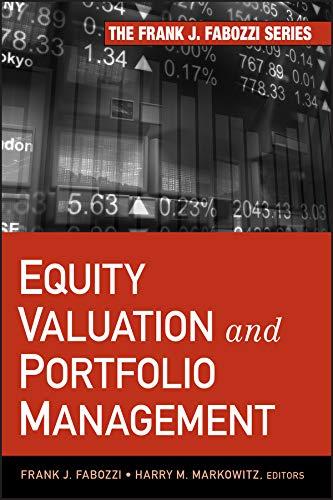Question
Sinopec needs to re-lay 10 miles of branch line track at the cost of about $700 per mile. For practical purpose, the expenditure is considered
Sinopec needs to re-lay 10 miles of branch line track at the cost of about $700 per mile. For practical purpose, the expenditure is considered to take place at time 0. The track is in the 7- year MACRS class (Refer to Table 1 below). It is assumed to be worthless at the end of the project. Sinopec will retain ownership of the land and roadbed at the end of the project. Sinopec also needs to acquire a refurbished 4,000 horsepower (hp) locomotive at the cost of about $1,200. The locomotive is in the 10-year MACRS class, and management expects to sell it for $200 in 10 years.
The marketing department forecasts next years revenues per carload to be $0.8. It expects to be able to raise the carload price each year at the rate of inflation () in that year, which management forecasts to be about 3% per year. Marketing expects the company to generate about 4,000 carloads per year. While carload volume might fluctuate from year to year, the company expects the average carload volume growth rate (g) to be zero over time.
Discussions with engineering, maintenance, and cost accounting departments suggest that the cash operating expenses should closely follow those for the Sinopec current operations. The maintenance expenses are the sum of both fixed and variable components. The fixed component is expected to be $500 at time 1, and thereafter increasing with the current inflation () and growth in carloads (g). The variable component is 8% of revenues.
Maintenance 1: 500+Revenue 1*8%
Maintenance2 : 500(1+)(1+g)+Revenue2*8%
PS. g is zero in this case
Transportation expenses are expected to be about 28% of revenues. The tax accountants expect its tax rate to remain at 35% as long as the taxable income is positive. Otherwise, it is zero. There are no tax loss carryback and carryforwards.
Using a pure play approach, the finance department estimated the discount rate to be 10%. Sinopec needs $100 of net working capital (NWC) at time 0 and expects NWC to be 10% of revenues thereafter until time 9 and recovers it toward the end.

Q: Suppose you are the financial manager of Sinopec. Your CEO has given you a task to evaluate the construction and operation of an industrial railway to transport waste chemicals from the Chongqing industrial park to the chemical treatment plant in the rural area.
Your CEO asked you to write him a memo and present the NPV and IRR of the project. You can make use of the excel template to perform a static capital budgeting.

Step by Step Solution
There are 3 Steps involved in it
Step: 1

Get Instant Access to Expert-Tailored Solutions
See step-by-step solutions with expert insights and AI powered tools for academic success
Step: 2

Step: 3

Ace Your Homework with AI
Get the answers you need in no time with our AI-driven, step-by-step assistance
Get Started


